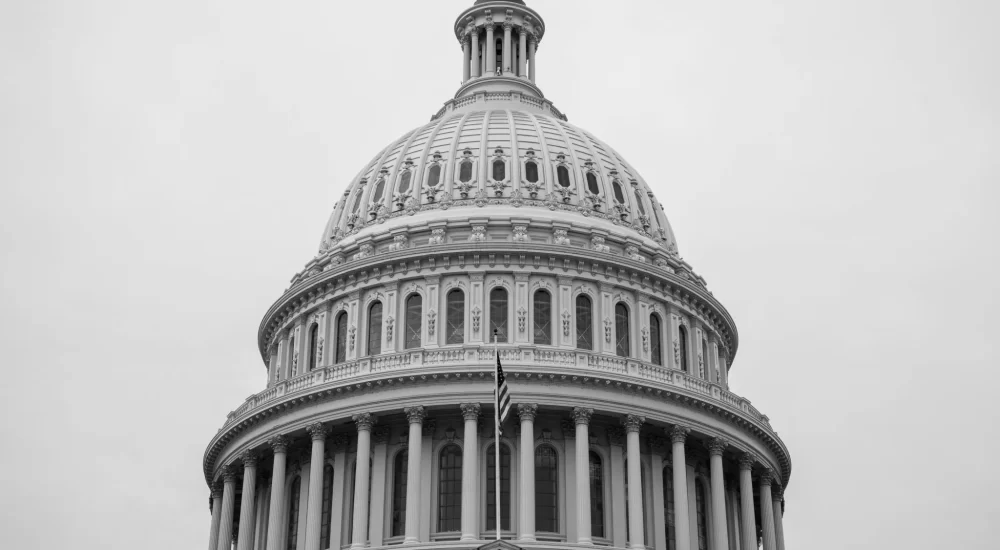Biden Administration Proposes Rule Making Millions of Workers Entitled to Overtime Pay

A new rule was proposed by the Biden Administration last month. An additional 3.6 million U.S. workers would be eligible for overtime pay if the new rule is passed. This effort had been proposed by the Obama Administration, however it received pushback from business leaders and Republicans. Recently, Labor advocates and liberal lawmakers have been pushing the Biden Administration to reengage in the efforts. They argue that overtime protections have deteriorated over the years due to stagnant wages and inflation.
Salaried workers who have executive, administrative and professional roles and are making less than $1,059 per week, or $55,068 a year would be entitled to overtime pay. The salary threshold would increase from $35,568 (barely $17 per hour annualized without overtime), which has been in place since the Trump Administration raised it from $23,660 in 2019. That means under current federal law, these types of workers earning an annualized rate of barely $17 per hour for their first 40 hours of work in a week, get zero pay for overtime over the 40th hour!!
The proposed rule would have the biggest impact on retail, food, hospitality, manufacturing, and other industries where many managerial employees meet the new threshold. Many workers are often working long hours for no extra pay while their salaries are so low that it doesn’t come close to compensate for all the sacrifices made. According to the Fair Labor Standards Act, most of U.S. hourly workers are entitled to overtime pay if they work more than 40 hours a week. However, salaried workers performing executive, administrative or professional roles have been exempted from that rule unless they are earning less than a certain amount.
Under the Trump-era policy, about 15% of full-time salaried workers are entitled to overtime pay. If Biden’s proposed plan goes through, the number of salaried workers entitled to overtime pay would double that to nearly 30%, according to Labor Department figures and the left-leaning Economic Policy Institute. That would still be a minimal amount compared to the more than 60% of salaried workers who were entitled to overtime pay in the 1970s. The increase by the Trump Administration was the first since 2004, before that the rule had been sporadically updated. The Labor Department has emphasized an attempt to change that pattern by proposing automatic increases to the salary threshold every three years.
Biden’s proposed effort has been criticized by business leaders stating that it would increase labor challenges and burden companies with new costs as they deal with higher interest rates, inflation, workforce shortages and economic uncertainties. Some leaders have also claimed that the proposed rules exceed the authority of the Labor Department.
The Obama-era proposed regulation would have increased the threshold to more than $47,000. Biden’s proposal is far less generous, yet it still falls short of the demands made by liberal lawmakers and unions for a higher salary threshold than the proposed $55,068. Labor advocates described the rule as a positive step, nonetheless. Heidi Shierholz, the President of the Economic Policy Institute, stated “It’s decades overdue, and it’s a really important step.” AFL-CIO President Liz Shuler described the proposal as a “victory for the working people.” She added, “Employers that don’t want to pay overtime instead could take the high road and hire additional staff or promote workers from part-time to full-time status.”
More than 300,000 manufacturing workers and a similar number of retail workers would be able to claim overtime eligibility with the new rule. Around 180,000 hospitality and leisure workers and 600,000 health and social service workers would also be covered. According to the Labor Department, 27% of salaried workers are making less than the threshold and therefore would be entitled to overtime pay.
Under California law, workers who have executive, administrative and professional roles must be paid at least 2 times the annualized minimum wage in order to properly be exempt—along with meeting the 50+% duties test. That comes out to a salary of at least $64,480 as of 2023 ($31 per hour annualized). Higher local minimum wage rates may affect this number making it even greater.
The Labor Department has tried to find a balance that would take care of one of the concerns raised to the Obama-era policy. The threshold increase would negatively impact the “duties” test, which determines whether salaried workers are entitled to overtime pay based on the type of work they perform.


